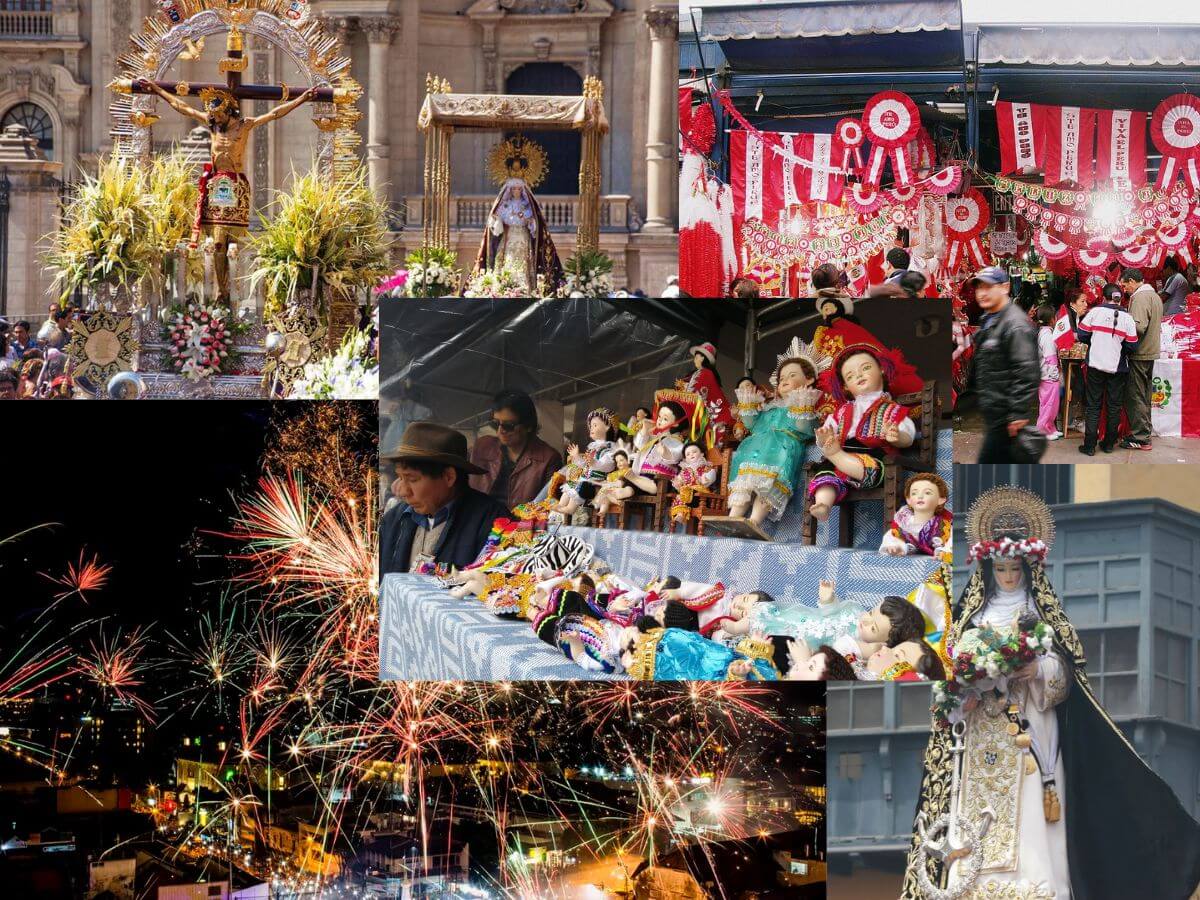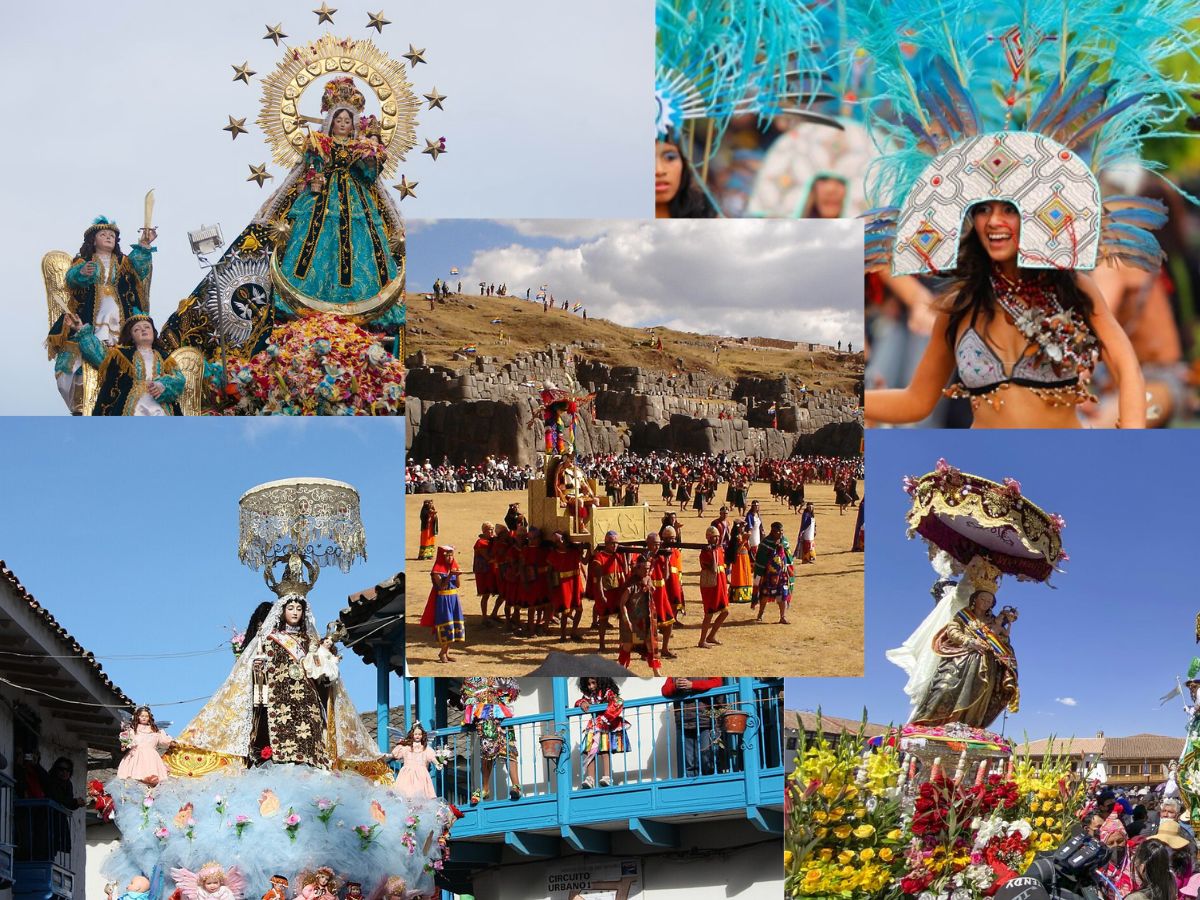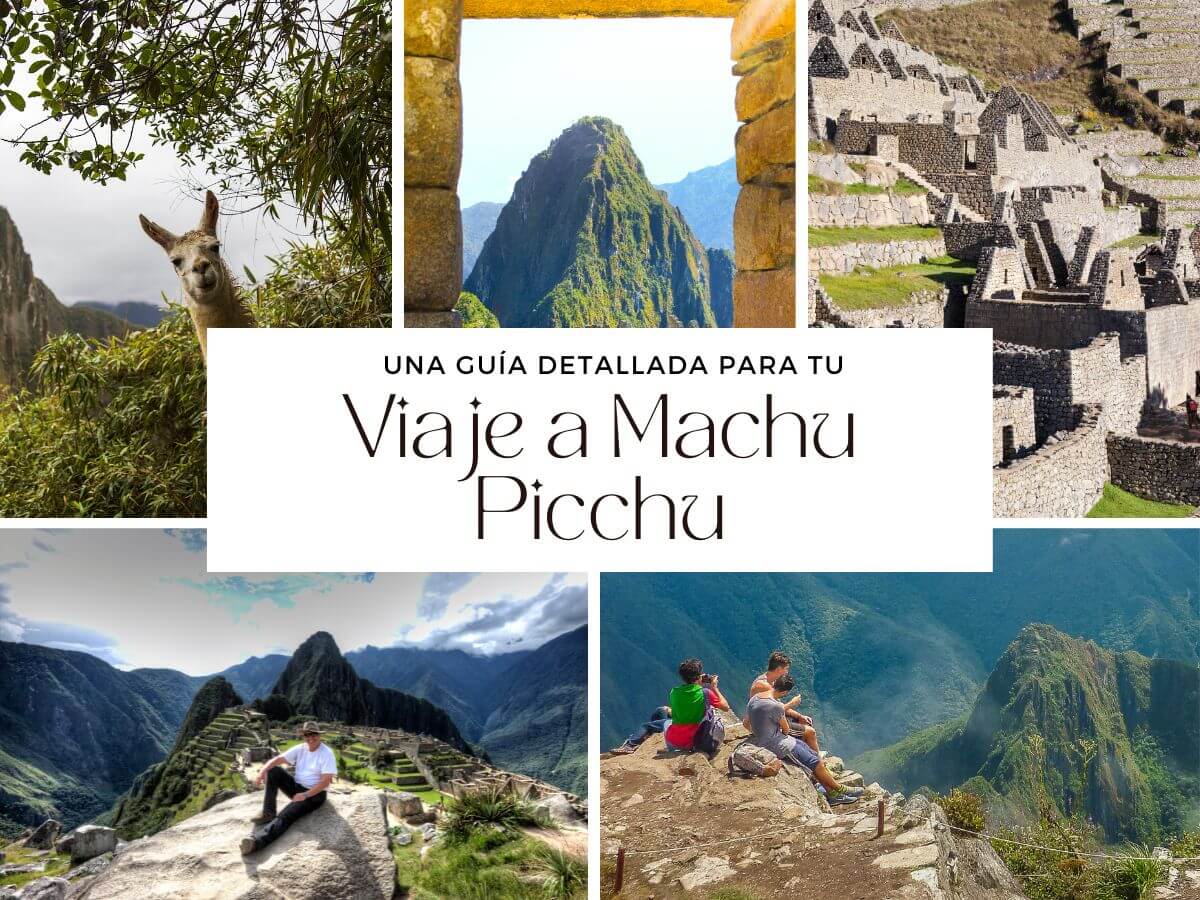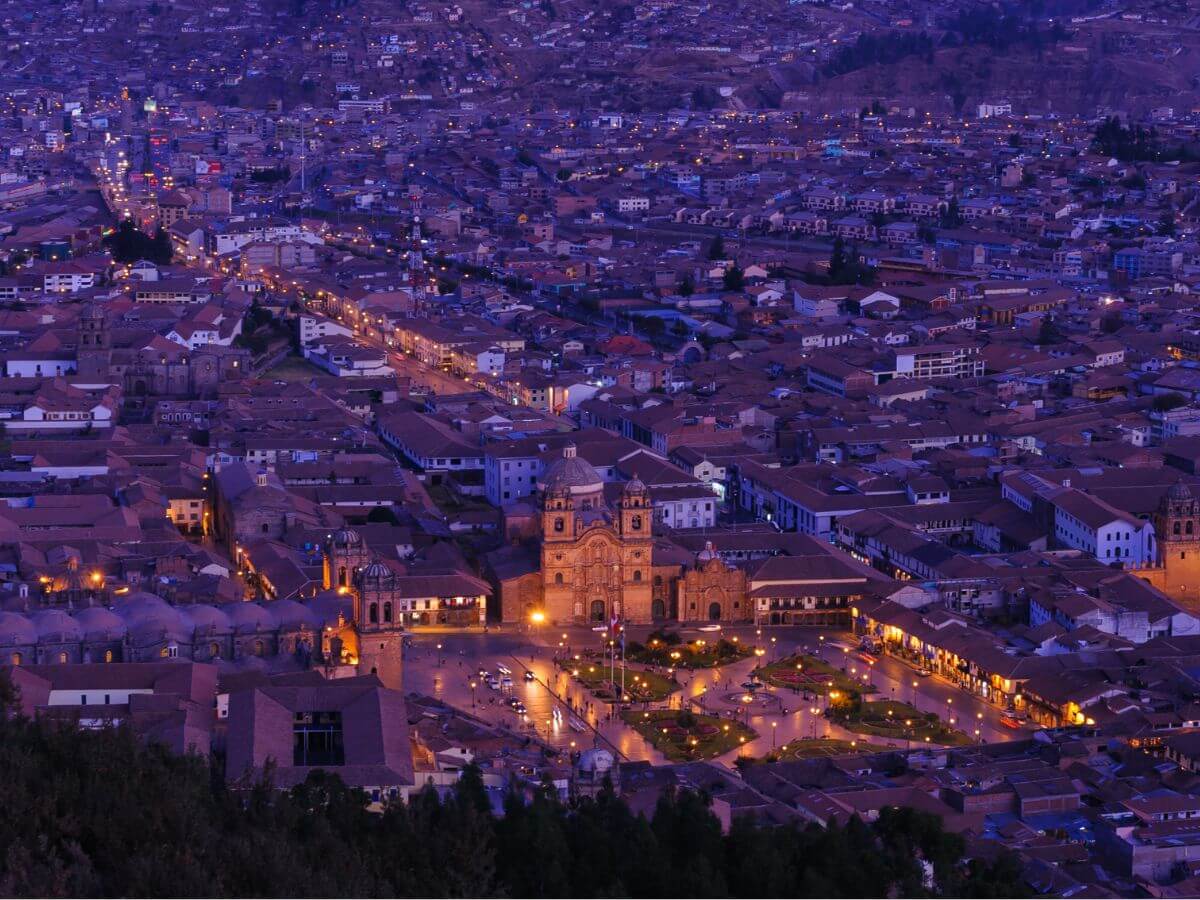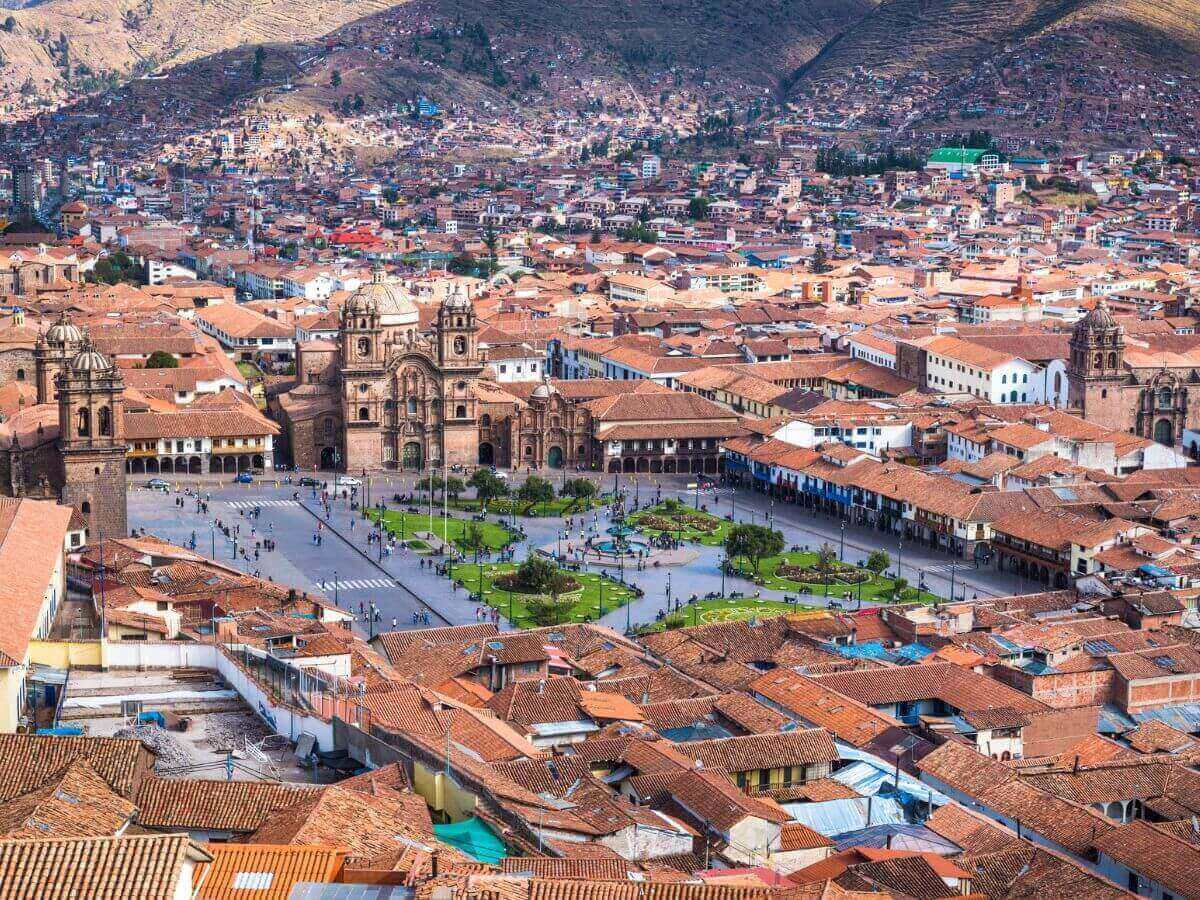7 Inca temples in Cusco

What are the Inca Temples? They are important enclosures that were part of the legacy of the Incas, whether they are in archeological centers or the city, these places were and are always pieces of our history that we should know.
The Inca Temples of Cusco are witnesses of the big civilization that once reigned in the Peruvian Andes. Located in the old capital of the Inca Empire, these temples are more than simple stone structures; they are symbols of an advanced culture and a deep spiritual connection with the land.
Are you ready? Now we tell you all about these Inca temples in Cusco.
We recommend you to see our best packages to Machu Picchu 2024 you can’t lose the oportunity of visit this marvelous.
Inca Temples: Inca Sun Temple
The Inca Sun Temple is definitive the highlight place of Machu Picchu, is a semicircular edification in honor of the God Sun and was erected on an enormous solid rock in the religious sector, underneath the solid rock is a natural cave that was also carved and adapted to be a royal tomb.
In the central part of the Inca Sun Temple exists a stone carve that served as a shrine to the Sun, you also can appreciate two windows, one looking to the east and the other window looking to the north.
According to the studies realized in century XX, the windows were built to observe with precision the Solstices and Equinoxes in function to the shadow that projects every 21st June and 21st December. That makes this one of the Inca temples more historic of Cusco.
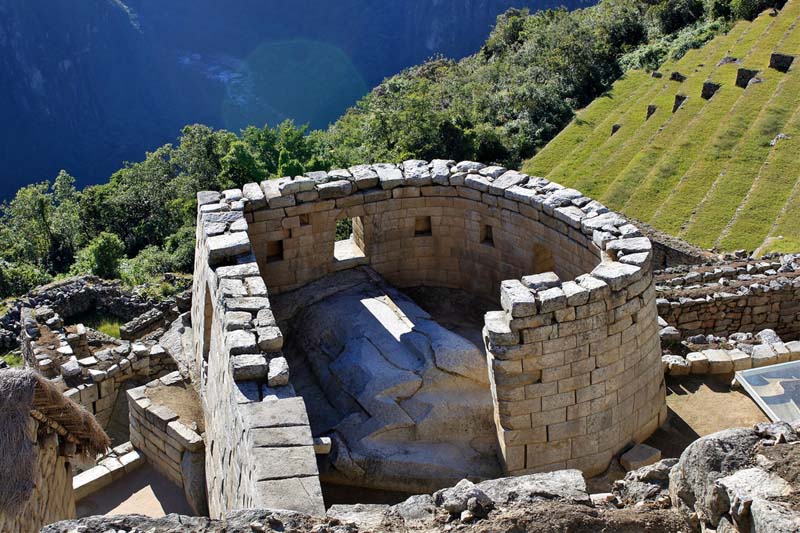
Temple of the Moon
The Temple of the Moon is located literally at the top of the hill, far from the noise and the movement of Cusco even just one hour of walking. This Inca Temple has a cave with a ceremonial altar, where is founded carved figures of pumas, snakes, and condors.
The purpose is reverence for fertility, this is because one of its caves was built to enter the light of the sun and the moon on specific days, pint to specific parts of the altars.

The Temple of the Moon, is one of the Inca temples more known, according to its functional and morphologic characteristics, and dates back to the Imperial period between 1438 and 1532. This enclosure was built and carved on what is known as a rocky crag.
In this place, inside and out, were practiced ceremonies and rituals in honor of the moon (like we can observe in the carved moons in the enclosure) and like other deities such as the Pachamama.
The Intihuatana
Intihuatana, a Quechua word with a literal translation of where the sun moors and is interpreted like a solar clock, is an altar carved in bedrock that stands out for its significance in ancient times.
In the time of the Incas, this clock was part of the knowledge of astronomy in the era and is considered the most important building inside Machu Picchu, Intihuatana is believed to be a sacred stone that radiates energy.

The Incas, from always, is a civilization that was able to meddle more in astronomy, they were great scholars of this discipline that, undoubtedly, was something that always highlighted them.
Thanks to this research, the Incas were able to define the constellations, stars, changes of seasons, and the agricultural calendar itself.
Kiswar Kancha
This is one of the most famous Inca temples, belonging to the Inca Viracocha, who was the father of Pachacuteq. According to the relates of the era this was a palace so Cusco’s sinuous. After the arrival of the Spanish, the building was not part anymore of the Inca and was donated to one church.
Unfortunately, no exit anymore because was demolished, and above this terrain was the builder of the cathedral of Cusco. There are no more Inca remains but at least there is an impotent baroque monument like this Inca church.

Colcampata
As we know, the first Inca, Manco Capac, built his first palace on a hill very close to what is known as the Saphi River, near the center of the city. Truth or legend, this Inca palace still retains some of its original splendor after almost a millennium.
Next to this palace was built the church of San Cristobal, which can be easily seen from the Plaza de Armas.

Amaru Kancha
The Amaru Kancha is a palace that belonged to another important Inca: Huayna Capac. This temple was later assigned to Hernando Pizarro after the arrival of the Spaniards.
Later, he donated this building to the Jesuit order, which built the Iglesia de la Compañía de Jesús. Today, part of the original walls of the Amaru Kancha can be seen on Loreto Street. It is one of the oldest and most important Inca temples.

Hatun Rumiyoq
If we talk about tourist places, the stone of the 12 angles is one of the most famous, it is here that just lies an ancient palace of the Inca Roca. In the walls of this palace the enormous stones, which fit perfectly with each other, call the attention.
Today, inside this ancient temple is the Palacio Arzobispal, which contains the Museo de Arte Religioso Cusqueño. Undoubtedly, one of the most famous Inca temples.

Source: Wikipedia
Cusco never disappoints and even less when it comes to history, go ahead and visit these incredible Inca temples in Cusco and get ready for an unforgettable experience.
Explore more tourist destinies and more of Perú in our travel blog and plan your next trip with us!










